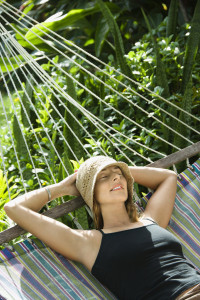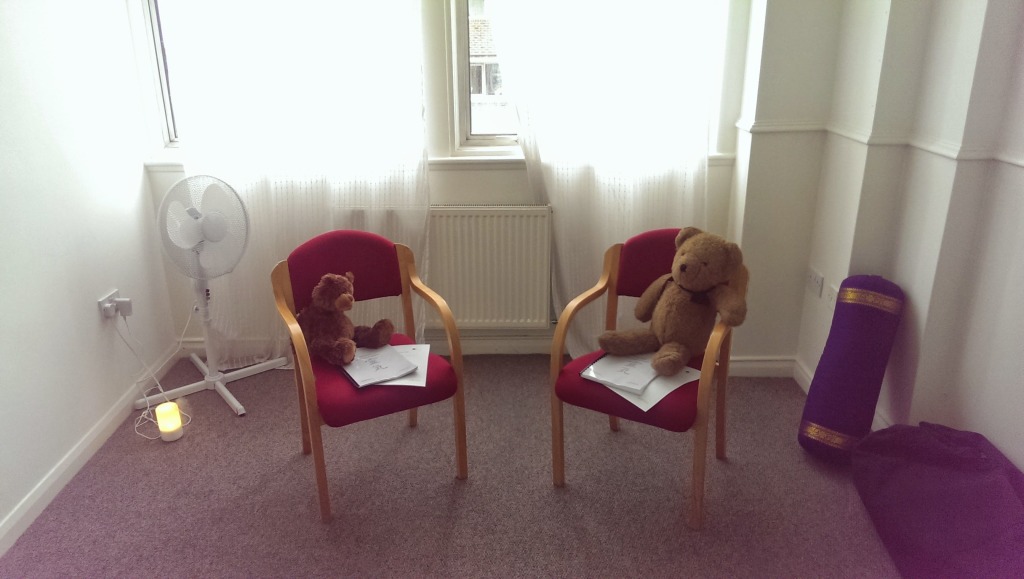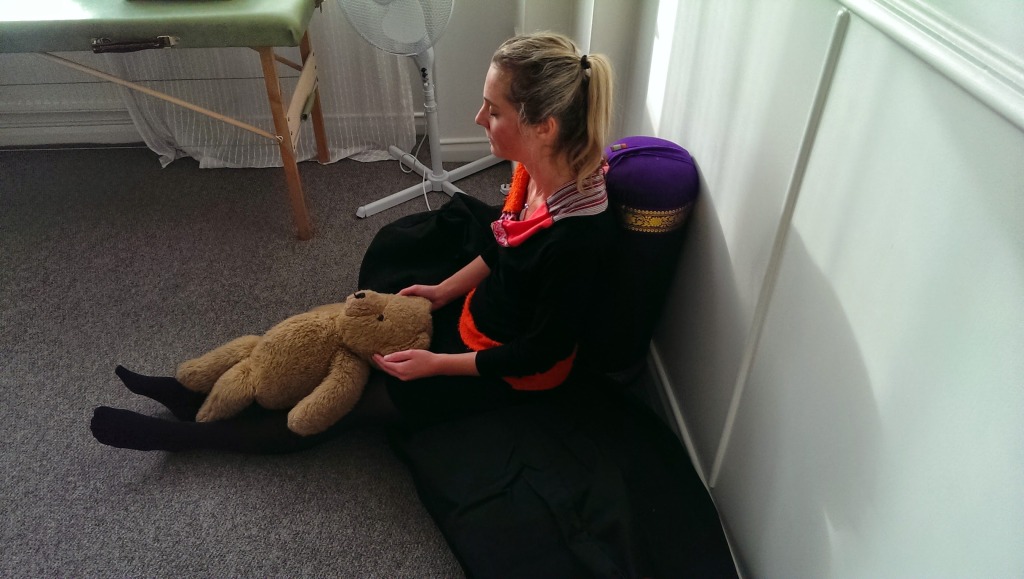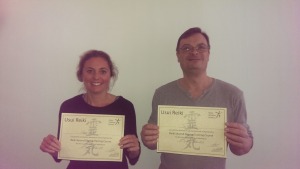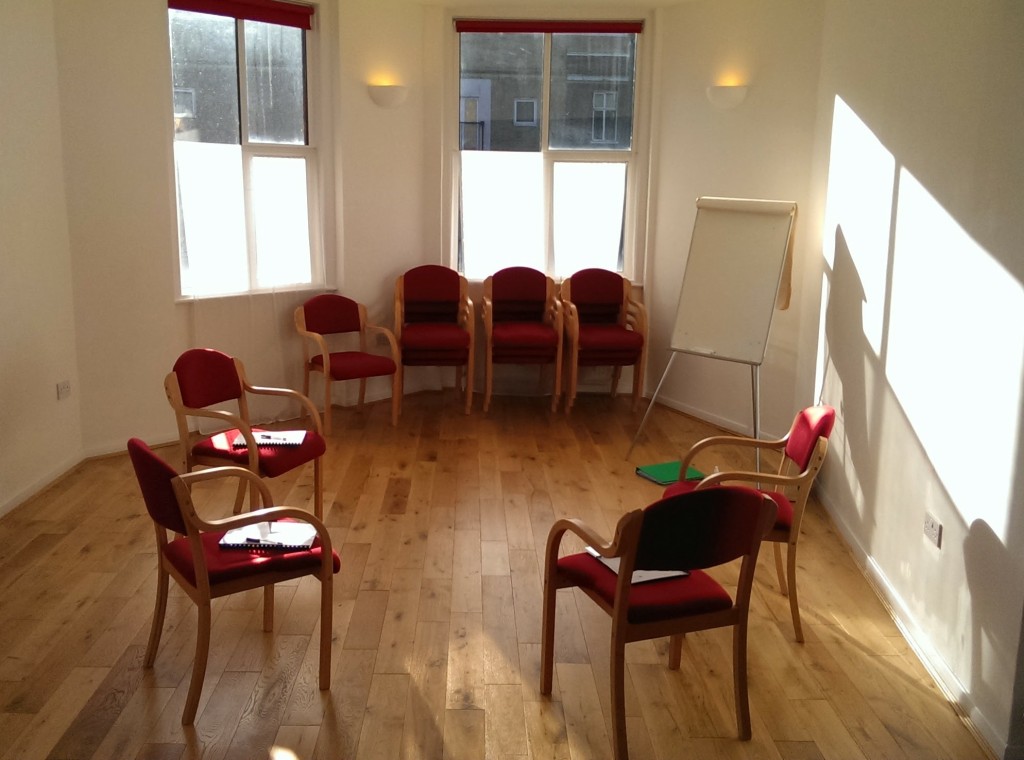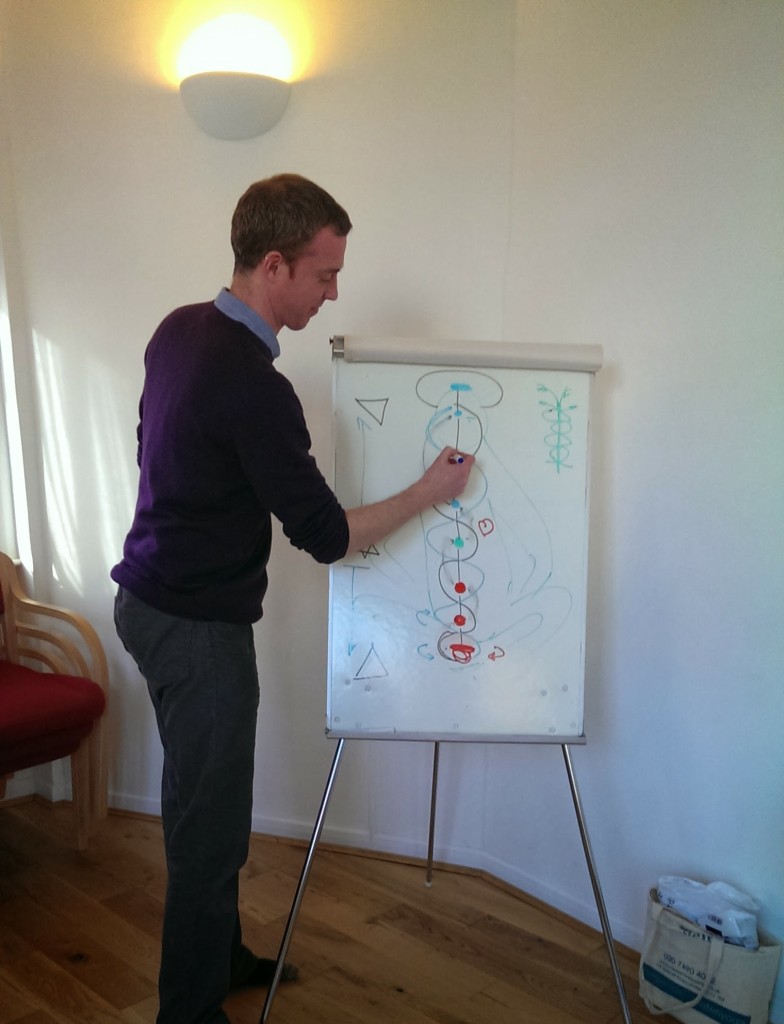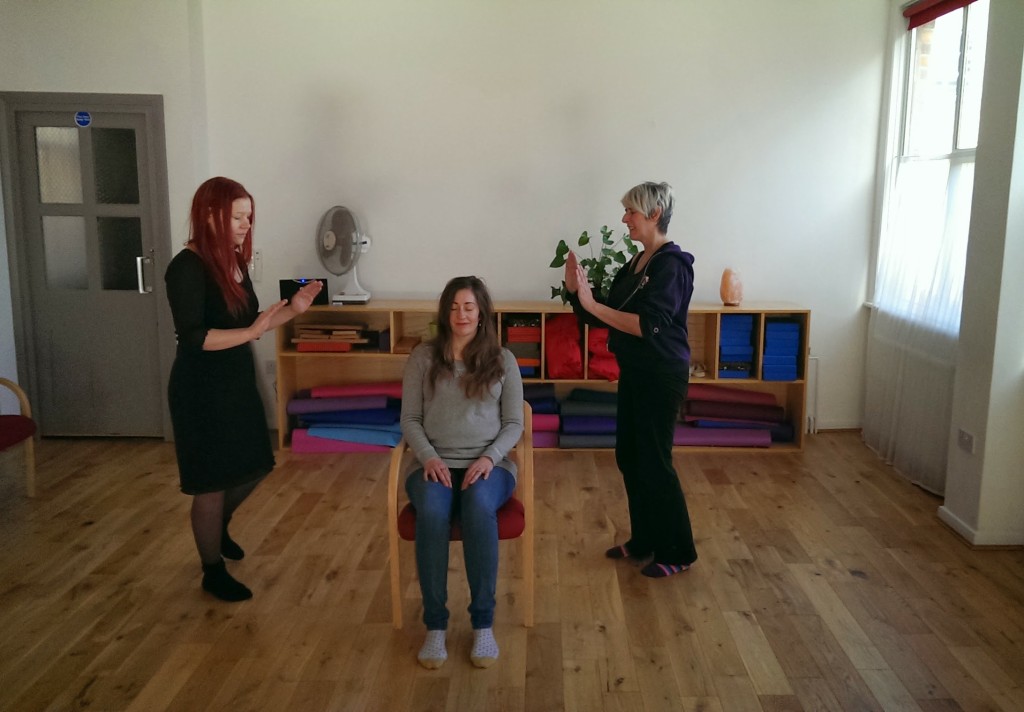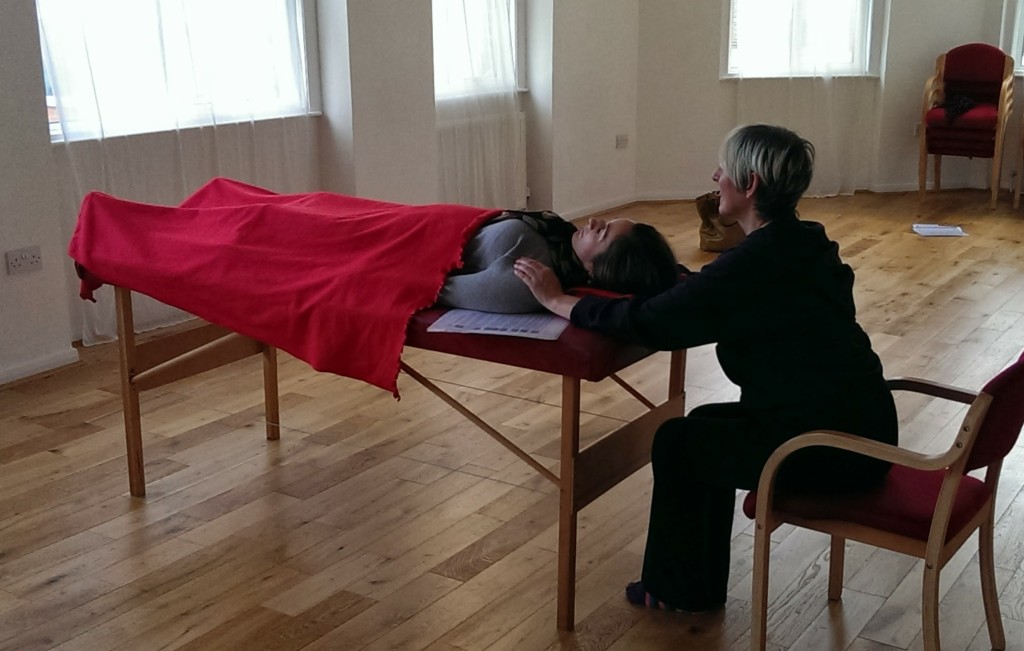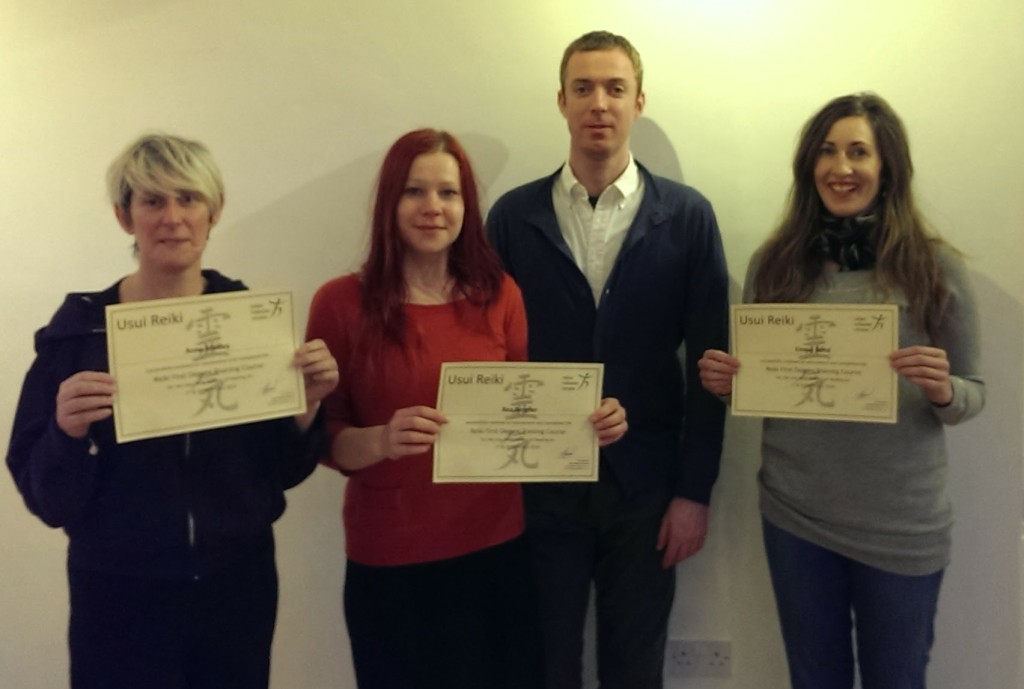Reiki vs Acupuncture: Understanding the difference between Acupuncture and Reiki
Acupuncture and Reiki are natural, energy healing practices that are used to repair, remedy and replenish the energy system of the person receiving treatment. Both practices place their
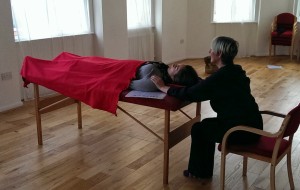
origins and history in Asia, and both are considered by Western societies to be Alternative, Eastern or Complementary Healing practices. This is because most western countries and cultures value the scientific medical model, known as western medicine over all other forms of healing. And while the scientific based western medical system is remarkable by almost every measure in terms of healing the physical body, more is required to ensure our health and well being than extensive knowledge of the physical attributes and processes of the human body.
Acupuncture and Reiki are among the most known and widely accepted natural energy healing practices. Both provide treatment and remedy to the human energy system and through that system improve health and well-being in body and mind. Reiki and Acupuncture accomplish this in different ways, by working on two different systems within the whole of the human energy system.
The human energy system runs through the physical body and surrounds it. Similar to the internal workings of our bodies, our energy system is a comprised of complex systems that while separate are inter-related and work together. While many have heard of, and have a cursory understanding of the body’s circulatory system, endocrine system and lymph, few have heard of, and still less understand the energy system of the human body, which among other things includes meridian lines, an aura, and a chakra system. Despite this our general health and well-being is determined by the health of each independently.
The practice of Acupuncture is the strategic and purposeful application of specialized needles through the skin for the purpose of eliminating blockages within the meridian lines, and restoring the proper flow qi. Qi, (pronounced Chi) is vital energy that sustains life. Blockages, left without remedy or treatment will result in injury, illness and a decreased capacity to engage in and enjoy daily activities. Qi often diminishes with age, and so many consequences of low Qi or blocked Qi are attributed and dismissed as old age. However Qi masters, students of Qi-Gong, or Tai Chi of every age, and those who have cared for their meridian system will attest that injury and limited capacity are less a factor of age than many believe. An Acupuncturist is licensed in the practice of Acupuncture, and many hold advanced degrees in the study of Oriental Medicine. For this reason, Acupuncture is considered an advanced care treatment, as it requires a specialized knowledge of the energy anatomy it works on as well as advanced training on the application of its tools. Acupuncture is usually performed in a tranquil setting or treatment room and requires time be set aside for treatment. Approximate time about 45 min. to an hour.
In contrast, Reiki is both a self-care and advanced care practice. The practice of Reiki involves the application of cupped Reiki hands applied directly on the body, or aura of the person receiving Reiki. Reiki repairs and provide remedy to imbalances resulting from the wear and tear of daily life. These imbalances if left untreated will also result in physical ailments that include illness, injury and diminished capacity for and enjoyment of daily activities. This is a wear and tear that no one is immune from, but all can have access to its remedy, and Reiki is the daily remedy required for recovery.
Unlike Acupuncture, Reiki can be given by anyone that has received a Reiki attunement. This makes Reiki immediately accessible and easy to use. Once attuned, the person becomes a channel from which Reiki energy will flow when the hands are positioned in a relaxed cupped manner. Reiki can be given to others and/or used exclusively as a daily self-care practice.
Reiki can be done throughout the day and even during other activities, for example you can give yourself Reiki while in a meeting, by simply placing your cupped Reiki hand on your lap, or while standing in line at the grocery store, by placing your cupped Reiki hand on your hip or back. As both activities are not out of the ordinary in terms of appearance, no one will likely notice. Additionally, Reiki sessions can be scheduled with a Reiki Practitioner or Master and like an Acupuncture appointment sessions are usually done in a tranquil setting or treatment room and last around 45 min to an hour.
What is most valuable to understand about both practices is that they both work and will always work in the energy areas they are designed to work on. Acupuncture will always provide remedy to the meridian lines and Reiki will always work to provide remedy to and within the aura and the physical body. Through treatment one can expect to find relief from symptoms, diminished pain and/or discomfort and greater ease and well-being. If however, the person receiving does not, the failure is not in the treatment itself, it is simply that the originating cause of symptoms, pain and/or ailment is in a area other than the one the chosen treatment is focused on and provided remedy to. In such instances, its help to remember that knowing what’s not working can be as valuable as knowing what does, for it can bring you one step closer to finding the remedy to treat your symptoms successfully.
Written 4/22/2015 by Chyna Honey, Author of Understanding Reiki: From Self-Care to Energy
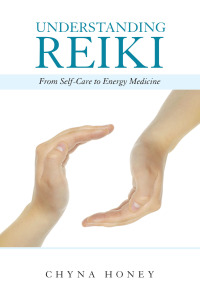
Medicine

